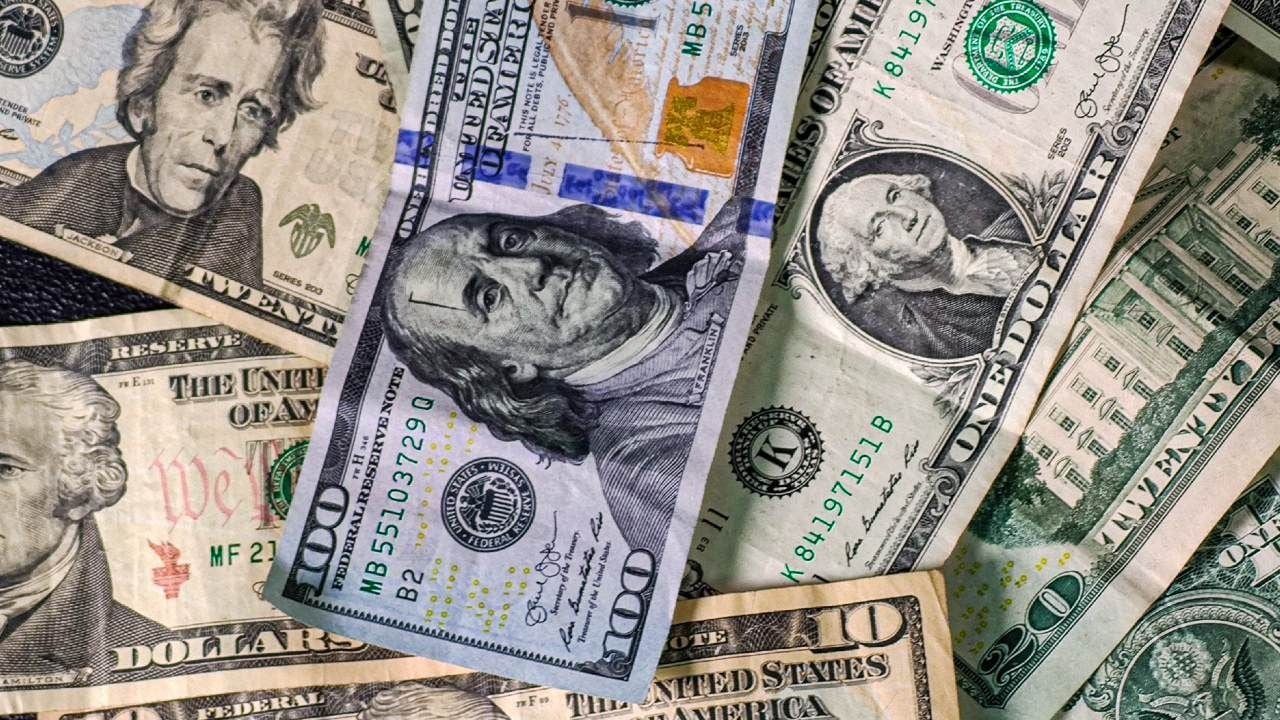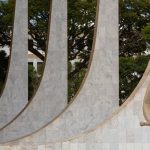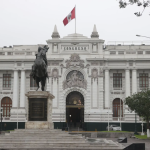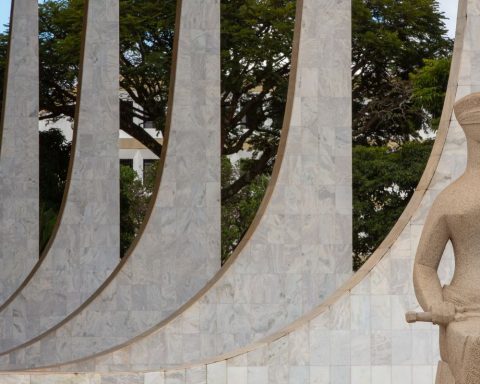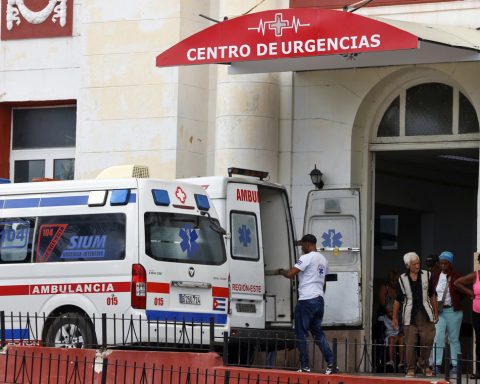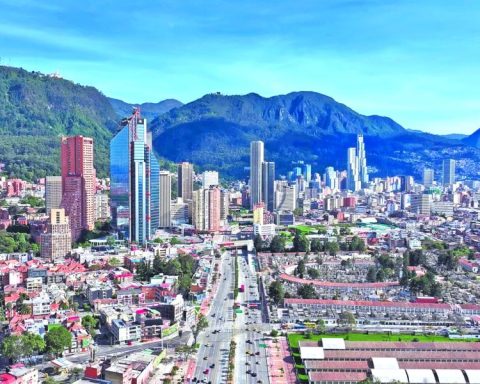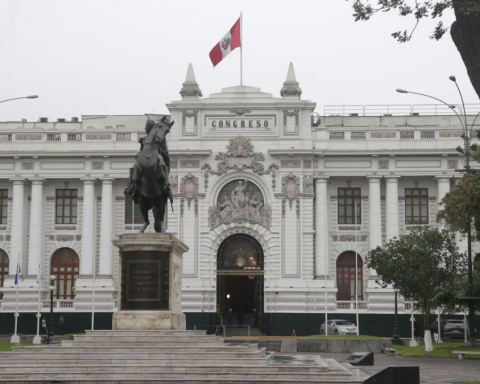On Wednesday, the price of dollar The exchange rate for the dollar has shown significant fluctuations both in the official market and in the parallel market, known as the blue dollar. This phenomenon is a reflection of the economic and political tensions that the country is going through, as well as the expectations of investors and the population in general.
He dollar The official exchange rate, which is the exchange rate controlled by the Central Bank of the Argentine Republic (BCRA), closed the day of August 28 at $969.50 for sale and $929.50 for purchase. This price represents a slight variation of 0.21% compared to the opening session.
He dollar The official dollar is used mainly for regulated commercial and financial transactions, and its value is kept under control by the monetary policies of the BCRA. On the other hand, the blue dollar, which operates in the informal market, closed at $1,335 for sale and $1,315 for purchase.
This exchange rate is significantly higher than the official rate, reflecting the lack of confidence in the formal economy and the search for refuge in the dollar by citizens. The gap between the dollar official and the blue dollar stood at 37.7%, which shows the inflationary pressure and the lack of confidence in the local currency.

Fountain: Dollar Today.
This Thursday, the dollar The blue dollar is quoted at $1,315 for purchase and $1,335 for sale. Meanwhile, the official dollar is quoted at $929.50 for purchase and $969.50 for sale.Both values were provided by the financial site Dólar Hoy.
Several factors influence the price of dollar in Argentina. These include government economic policies, inflation expectations, the supply and demand of foreign currency, and international market conditions.

Advertisements
In recent months, the announcement by the Minister of Economy, Luis Caputo, on the reduction of the PAIS tax for imports starting next Monday, has had a significant impact on the demand for foreign exchange on the official market. This measure seeks to relieve pressure on the official exchange rate and stimulate economic activity.
The Central Bank has played a crucial role in stabilizing the foreign exchange market. Last Tuesday, the BCRA broke a positive streak of 15 consecutive days and began selling foreign currency on the market, selling US$ 75 million. This intervention reduced the positive balance achieved up to that point to US$ 464 million.
